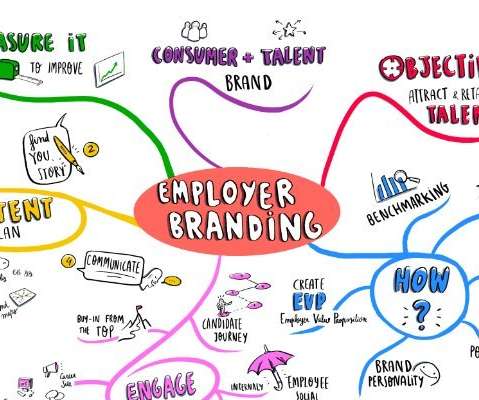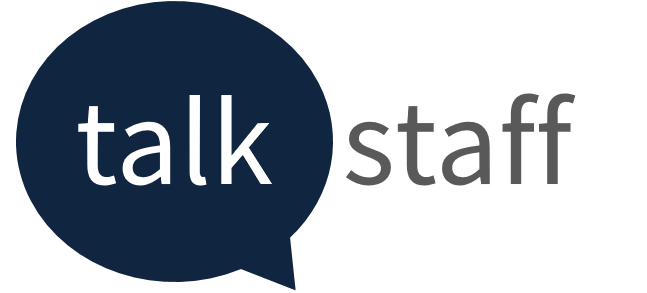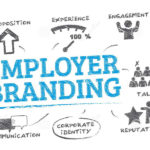5 steps to Identifying your Employer Brand
- January 15, 2019
- Posted by: Gary Parsons
- Category: Talent Attraction

If you’re not familiar with the terminology of ‘Employer Brand’ you may also recognise it as a ‘Talent Brand’ (Thanks to our American friends) and whilst many people feel it’s the Human Resources Department that should be responsible for it, there’s an argument that they should be working in collaboration with the Marketing Department as it brings benefits for the overall organisation both internally and externally.
First for the strategy and plan…
Step 1) Identify your existing Employee Value Proposition (EVP)
Acting as a magnet for new candidates, your EVP can help engage and retain existing employees too and is based on a number of values that you as an employer offer.
The first questions to ask yourself and understand the essence of your company are:
- How unique is your company to existing and future employees?
- What does your company stand for and how do employees relate to it?
Consider forming small focus groups, remembering to bring in employees from all parts of your business, and/or send out engagement surveys to your entire workforce. It may be worth finding out what employees initially think and reengaging the focus groups to dig further into any positive and negative issues raised.
Remember – You should be prepared for difficult feedback and take it on constructively, as they are helping you overcome challenges and by being honest they will aid future growth.
Step 2) Define your new EVP
Taking feedback on-board, you’re now ready to define your new EVP. What key messages did you consistently hear throughout the process in step 1? Remember that you’re looking messages that set you apart from competitors.
Now, put it into a sentence! Famous examples include:
- “Do cool things that matter.” – Google
- “Lead the future of Beauty. When you love your work and the people you work with, amazing things can happen.” – L’Oreal
- “We lead. We invent. We deliver. We use the power of sport to move the world.” – Nike
Success! You’ve now understood exactly why people work for you.
Step 3) Let’s shout about it!
It’s time to start thinking about telling everyone why you’re such a great company to work for and pushing that employer brand, building ambassadors internally and ensuring that existing employees have the ability to build on this further.
It might sound simple but the first thing you should do is get started with telling everyone how great you are, as it takes a long time for this message to resonate with employees and if you’re honest and they can relate to these messages then why not start straight away?
You’ll need a great plan in place in the longer term but there’s no reason why you can’t start with quick wins.
Step 4) Stop! Review – Adjust
Is this enough though? If you believe that your company is perfect, then you’ve got nothing to worry about but sadly this isn’t always true.
Whilst having identified your Employer Value Proposition (EVP) is a huge step to have achieved, it’s important to consider if it meets your overall objectives and goals.
Questions to ask yourself:
- Do we need to diversify the type of people we employ to achieve future success?
- Are the reasons why people work for you good enough when compared to competitors?
- Where do you want to take the organisation in the future?
Step 5) Tweak, Reset and Measure Your Success
You’ve already made a start in shouting about your business and driving your Employer Brand. Now it’s time to really define those key messages! Consider the above objectives, whether it’s focused on retention or growth and create a long-term plan that brings success with it.
Lastly, don’t forget to measure and consistently review indications by the team that the message has evolved or changed entirely. Keep on getting feedback and working with key stakeholders to find out what’s important to them and more important – why they’re not going anywhere!
Want to find out more about developing your Employer Brand?
Last Updated on 2 months by Hannah Ingram





